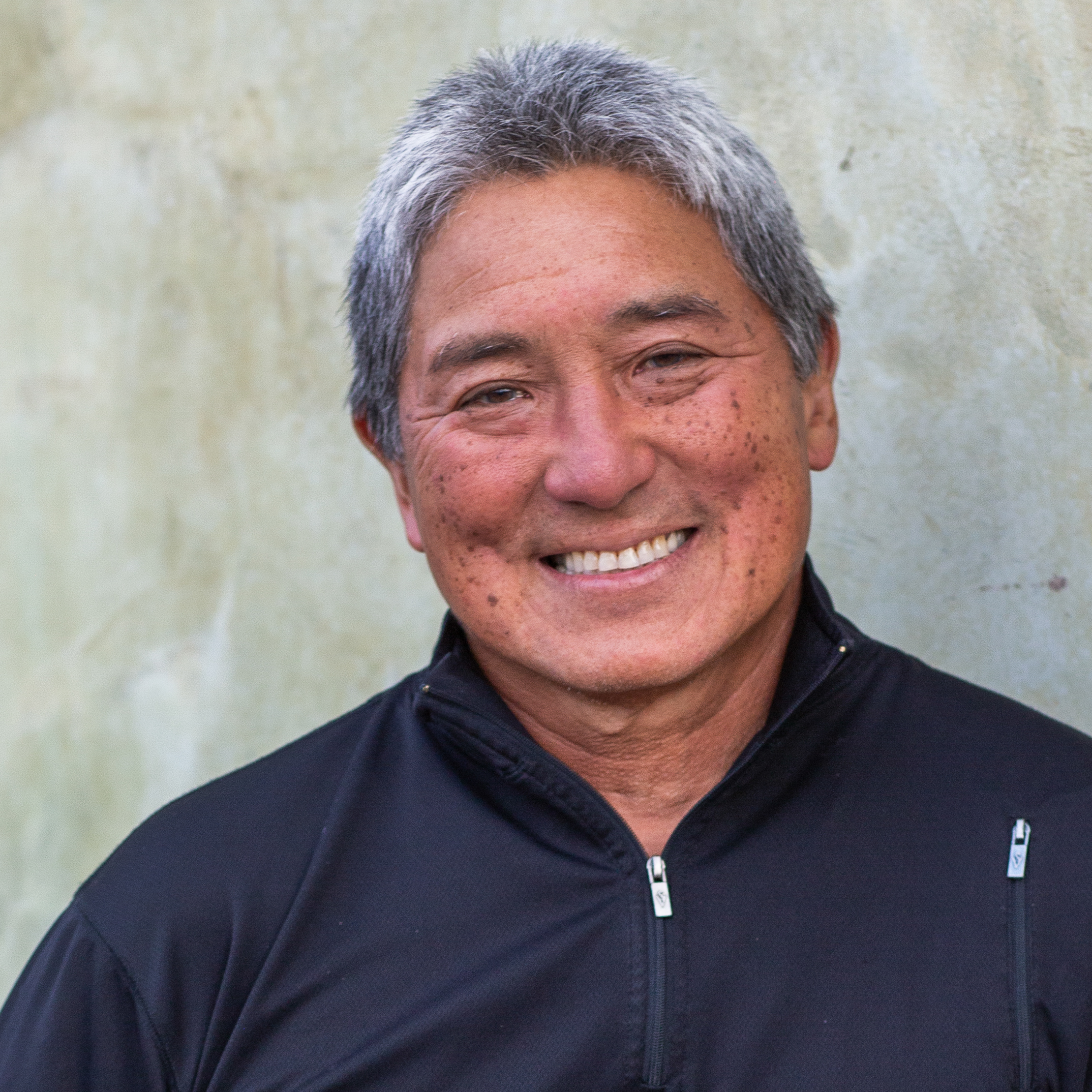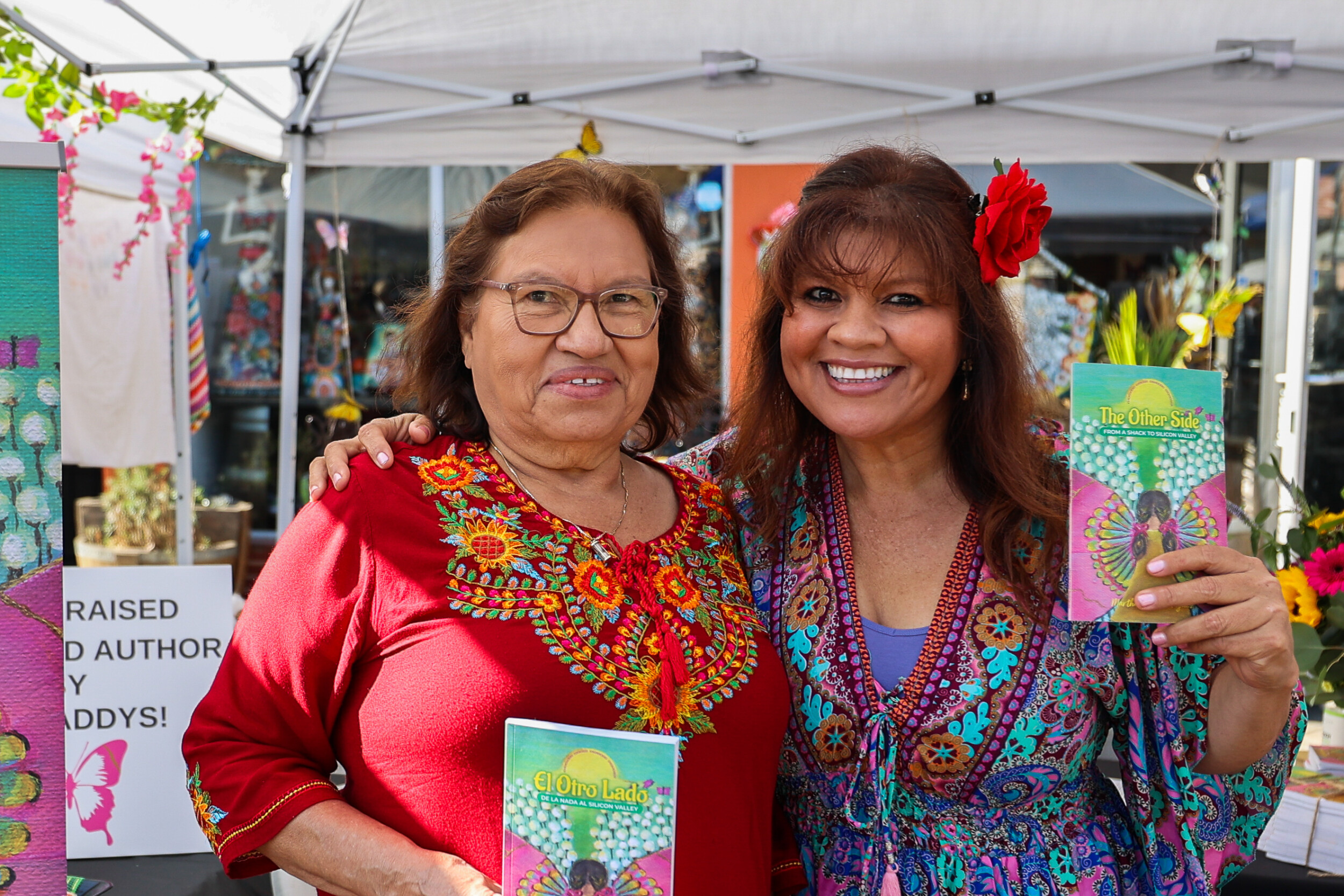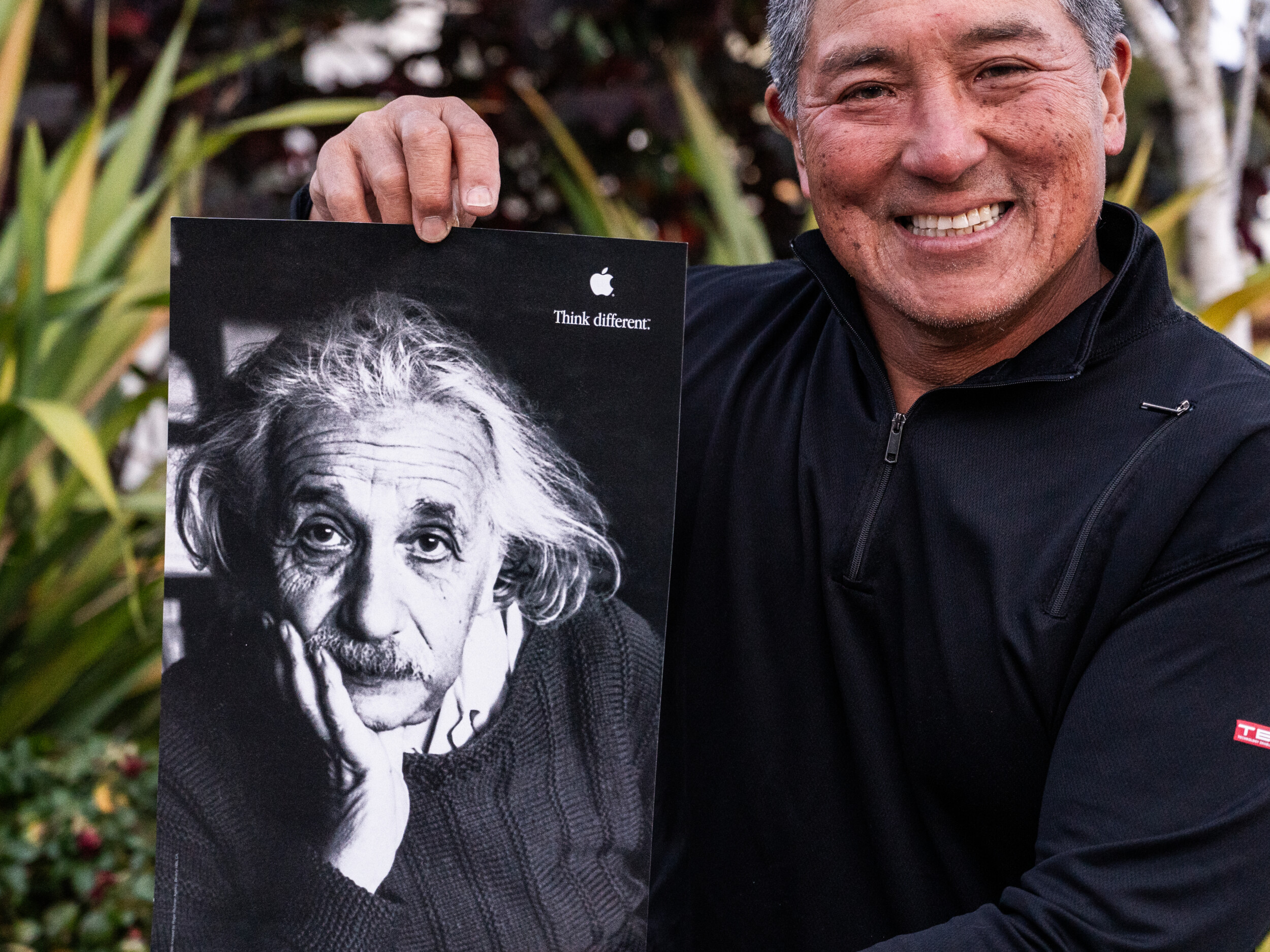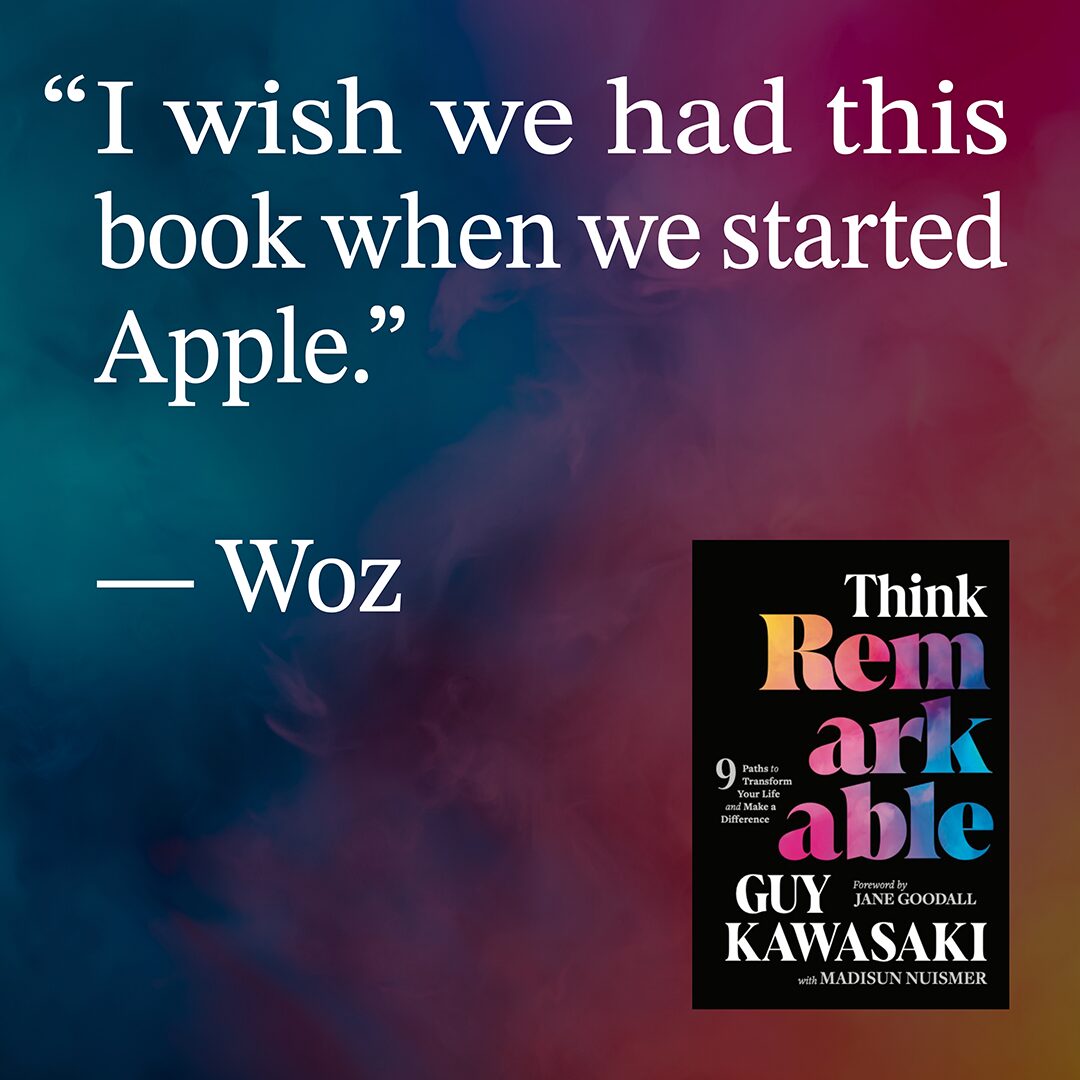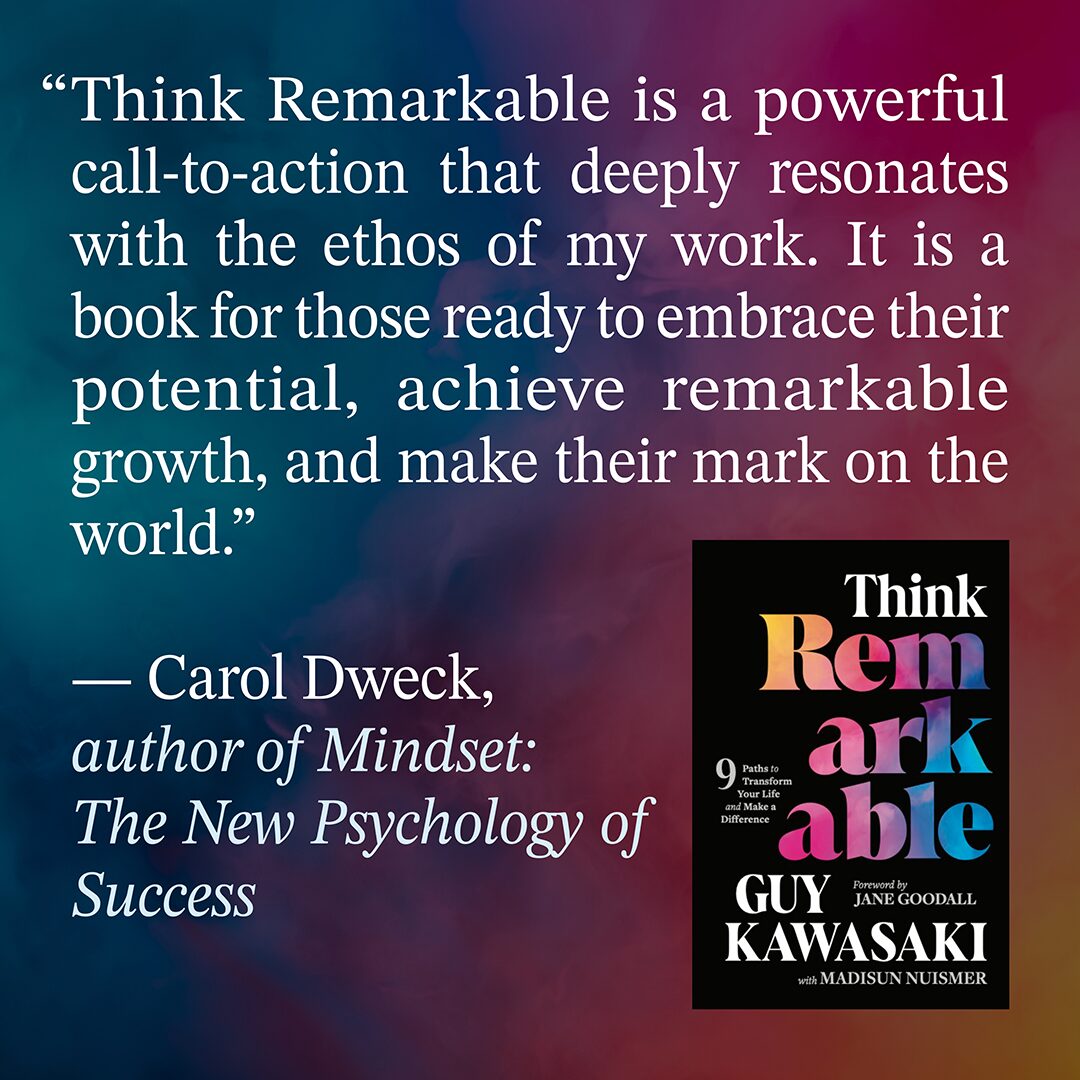
Think Remarkable
“Think Remarkable is not just a typical self-help narrative: it challenges us not only to improve our own individual lives but also to create a positive impact on the world around us.”
—Jane Goodall
“Think Remarkable does something never before achieved: It provides a beautifully written, clear roadmap for building, optimizing, and sustaining personal and professional growth. I would have avoided so many missteps if, when starting out, I’d had this book.”
—Robert Cialdini, author of Influence and Pre-Suasion
“Guy is back, better than ever. No one has stayed ahead of the curve more effectively. READ IT!”
—Tom Peters
“Think Remarkable is a powerful call-to-action that deeply resonates with the ethos of my work. It is a book for those ready to embrace their potential, achieve remarkable growth, and make their mark on the world.”
—Carol Dweck, author of Mindset: The New Psychology of Success
“This book is a roadmap, showing by example what true leadership looks like. Grounded in the stories of remarkable people, it tackles the many obstacles to success, and guides the reader in crafting an action plan uniquely sculpted to match a personal vision.”
—Julia Cameron, bestselling author ofThe Artist’s Way
“What a joy this was to edit! I’ve been freelancing for Wiley for several decades, and honestly this is one of my very favorite projects I’ve ever worked on.”
—Amy Handy, copy editor of Think Remarkable
“His guidance will prove especially valuable for those at the outset of their careers, including the Gen-Z readers to whom the book is dedicated.”
—Publishers Weekly
“Guy Kawasaki is a wonder. I don’t know anyone as relentlessly enthusiastic about helping other people be their best. Think Remarkable is an expression of that ebullience, and I recommend it to anyone who is hoping to make themselves–and the world–better than they are today.”
—Angela Duckworth, MacArthur Fellow and author of Grit: The Power of Passion and Perseverance
“I wish we had this book when we started Apple.”
—Woz
Description
In Think Remarkable, tech titan and creator of the Remarkable People podcast Guy Kawasaki delivers a practical, tactical, and sometimes radical discussion of how to transform your life and make a difference.
The book includes insights from over 200 extraordinary people, such as:
• Stacey Abrams
• Bob Cialdini
• Carol Dweck
• Jane Goodall
• Olivia Julianna
• Mark Rober
• Stephen Wolfram
• Steve Wozniak
It synthesizes this knowledge with more than forty years of working with these organizations:
In Think Remarkable, you’ll learn:
- How to adopt a growth mindset, develop grit and resilience, and embody grace
- Why it’s possible to make a difference, become a better person, and lead a fulfilling life
- What ideas and strategies enable you to transform your outlook to prepare for major changes
An essential guide to focusing on what really matters in life, Think Remarkable is perfect for anyone who wants to make the world—and themselves—a little (or a lot) better.
Resellers
Summary of Book
Introduction
The book opens with a story of the iconic “Think Different” advertising campaign that Apple ran in 1997, using images of remarkable innovators who changed the world, such as Albert Einstein and Mahatma Gandhi.
This sets the tone for the book’s mission: providing a roadmap for readers to become remarkable by making a difference, improving lives, and inspiring others. The author emphasizes that becoming remarkable should not be the primary goal, but instead a natural outcome.
Forming a “pocket pamphlet” design, the book comprises approximately 200 pages, categorized into three distinct sections: Growth, Grit, and Grace, each containing three chapters.
Much of the compelling content is sourced from over 200 interviews with remarkable people, including Jane Goodall, Stacey Abrams, Olivia Julianna, Bob Cialdini, and Carol Dweck, plus Guy’s experiences in such companies as Apple, Canva, Mercedes, and Google as well as several startups.
Chapter 1: Acquire the Growth Mindset
This chapter explores the “growth mindset,” which posits that one’s capabilities and intellect are malleable and can be enhanced through diligence and effort. In contrast, a “fixed mindset” holds that an individual’s abilities are permanent and unalterable.
Guy describes how his belief in his own capabilities was challenged upon encountering the writings of psychologist Carol Dweck and author Brenda Ueland. He demonstrated the efficacy of a growth mindset by adopting sports such as surfing and hockey late in life.
Key concepts consist of:
- Finding support for your growth
- Taking baby steps
- Embracing envy as a motivating factor
Chapter 2: Embrace Vulnerability
Without exception, the journey towards “remarkableness” is fraught with setbacks, delays, and mistakes. This chapter provides an analysis of how many remarkable people embraced vulnerability in order to grow.
Although concerns and self-doubt can be paralyzing, Guy advocates for their complete recognition. Activists who confront prejudices are profiled, including marathoner and ALS patient Andrea Lytle Peet. Additional crucial concepts include:
- Bracing for impact
- Learning from failure
- Using naysayers as positive influences
Chapter 3: Plant Many Seeds
Continuous development from exposure to a wide range of ideas, skills, and individuals enables you to “plant many seeds.” This chapter draws lessons from the process of planting oaks on a denuded hill.
Guy describes how tenacity in pursuing childhood interests enabled pioneers to discover their life’s purpose. Additional crucial concepts:
- Trusting the dots
- Building random connections
- Making yourself indispensable
Chapter 4: Do Good Shit
Implementation is everything, so this chapter explains how to do, as opposed to thinking about doing. “Good shit” is defined as material, transformative results, such as products, services, organizations, and works of art. Fervor, commitment, and persistence are necessary in the pursuit of success.
One’s needs and pain points are the best sources of innovation. Moral outrage towards injustices also frequently energizes change. Other concepts for creating good shit are also discussed:
- Asking simple questions
- Working backwards from the customer
- Going and seeing, as well as going and being
Chapter 5: Get Beyond Eureka
Having ideas causes a momentary enthusiasm. But ideas, like talk, are cheap, and results are dear. This chapter discusses how to implement inspiration and progress beyond the “aha!” ideation stage.
Continual effort and practical experimentation are essential for any innovator to surpass initial brainstorming sessions. Key concepts consist of:
- Proving the viability of concepts with prototypes
- Savoring your shit sandwiches
- Making decisions right
Chapter 6: Sell Your Dream
Convincing others of your vision via evangelism, coalition-building, and persuasion is what determines the magnitude of your achievements. This chapter explains what it takes to get people to believe in your ideas as much as you do.
The process starts with attracting early adopters who turn solo “nutcases” into a movement. Key concepts include:
- Getting your foot in the door
- Finding something in common
- “Letting 100 flowers blossom”
Chapter 7: Lead by Example
Leadership that is truly effective is characterized by insight, courage, and regard for the well-being of the group. By applying high standards to elevate teams, this chapter gleans insights from remarkable leaders who have inspired people.
For the marathon of sustained contribution that is necessary to make a difference, the author recommends these key principles:
- Putting skills, not degrees, first
- Crafting “good situations”
- Managing by “Zooming” around
Chapter 8: Take the High Road
This chapter explores the altruistic qualities that distinguish extraordinary individuals who have made the transition from “success” to “grace.”
Recommending that we seek fulfillment rather than materialism and fame, this chapter advises overcoming ego and instead contributing to one’s community. Additional crucial concepts include:
- Valuing all people
- Paying back society by fulfilling one’s “success oblige”
- Changing how you keep score
Chapter 9: Turn and Burn
The concluding chapter focuses on implementing the tactical and practical techniques espoused in the book. The key concepts consist of:
- Leaving no regrets behind
- Drawing inspiration from remarkable people who experienced setbacks
- Seeing and seizing opportunities to make a difference
Afterword
At the conclusion of the book, Guy encourages readers to draw inspiration from one last person: artist and author Halim Flowers, who has made a difference despite being given two life sentences at the age of seventeen.
Pictures
Click the image for full size and to download.
Pictures of the authors
Pictures of the cover
Pictures from the book
Suggested Questions for Interviews
We know from our own experience that coming up with questions for guests is a difficult task. So here is a list of nearly one hundred questions that you can ask us about the book.
Author Bios
Guy Kawasaki is the chief evangelist of Canva and host of the Remarkable People podcast. He was the chief evangelist of Apple, trustee of the Wikimedia Foundation, Mercedes-Benz brand ambassador, and special assistant to the Motorola Division of Google. Kawasaki has a BA from Stanford University, an MBA from UCLA, and an honorary doctorate from Babson College. He lives in Watsonville, California.









